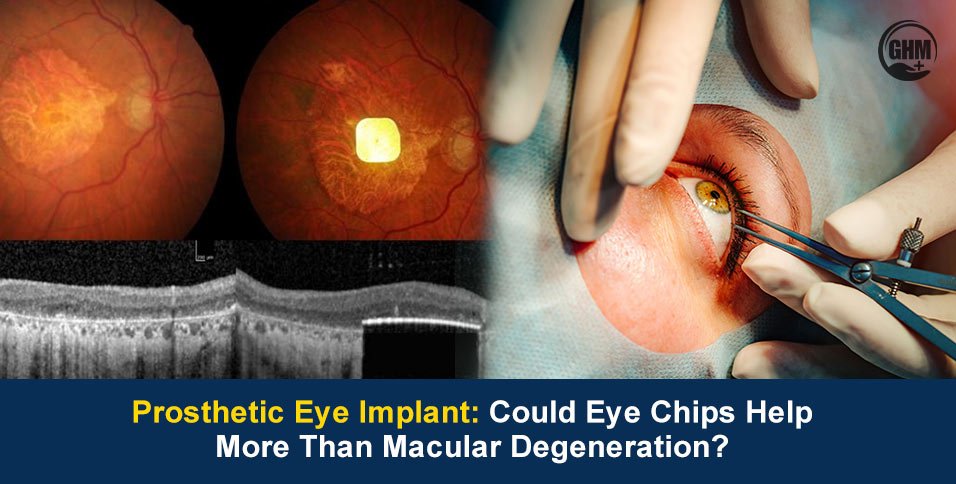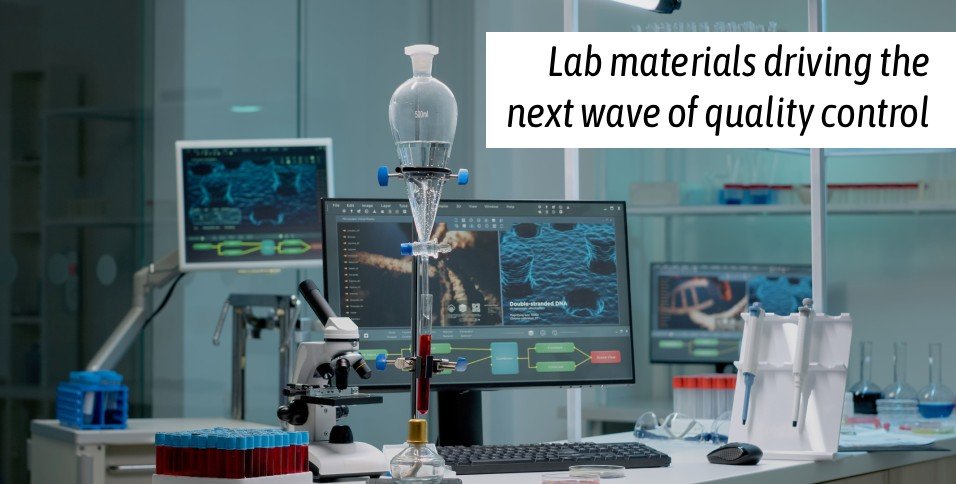A revolutionary prosthetic eye implant has given patients with advanced vision loss a glimpse of hope. In a world-first, researchers successfully restored partial sight in individuals with blindness caused by age-related macular degeneration (AMD).
However, as the medical community celebrates this breakthrough, some new questions are arising regarding future possibilities. Could this same technology help millions of people suffering from other vision-loss conditions?
Read this article to find out more about the revolutionary prosthetic eye chip and its future possibilities for blind patients.
A Medical First: How the Eye Chip Restored Sight
Earlier this month, global headlines reported the success of a prosthetic eye chip that restored partial vision in patients who had lost their central sight due to geographic atrophy, an advanced form of AMD.
- The clinical trial, conducted using the PRIMA system, involved implanting a wireless silicon chip behind the retina.
- The chip works hand-in-hand with specially designed glasses that project near-infrared light patterns.
- These signals stimulate the brain’s visual cortex, allowing users to perceive shapes and letters, effectively giving them a new form of vision.
As one patient described it, “It was like seeing a flicker of light after years of darkness.”
The procedure represents the first time a prosthetic eye implant has helped blind patients regain functional sight in a controlled trial. It is a milestone that experts believe could transform the future of ophthalmology.
Why Macular Degeneration Was the First Target
Age-related macular degeneration affects more than 200 million people globally, making it the leading cause of vision loss in adults over 60. The disease damages the macula (the central part of the retina responsible for sharp, detailed vision), leaving patients unable to read, recognise faces, or perform daily tasks.
Because AMD primarily destroys photoreceptor cells in the central retina while leaving other visual pathways intact, it’s an ideal candidate for prosthetic restoration. The PRIMA system taps into those remaining neural connections, bypassing damaged photoreceptors to send new signals directly to the brain.
This makes AMD the logical “test case” for prosthetic eye implant research, but scientists are already thinking ahead.
Broader Applications: Beyond Macular Degeneration
While the prosthetic eye implant currently targets AMD, researchers believe the same core technology could be adapted for other vision-loss conditions, such as:
1. Retinitis Pigmentosa (RP):
A group of genetic disorders that gradually destroy retinal cells. Like AMD, RP leaves portions of the visual pathway functional, potentially allowing a modified chip to restore partial sight.
2. Diabetic Retinopathy:
Damage to blood vessels in the retina from chronic diabetes could also benefit from targeted implants that bypass scarred or non-functioning regions.
3. Traumatic Retinal Injury:
Future versions of the implant could help patients who lose vision due to physical trauma or retinal detachment.
Dr Lyndon da Cruz, a retinal surgeon involved in early trials, noted, “The principles behind the PRIMA system could apply to any disease that spares the inner retina. That opens a whole new frontier for prosthetic vision.”
How The Prosthetic Eye Implant Works
At its core, the prosthetic eye implant acts like a micro-camera.
Here’s how the system functions:
- Implantation: A 2×2 mm wireless chip with hundreds of light-sensitive pixels is surgically placed under the retina.
- Glasses Integration: The patient wears electronic glasses fitted with a tiny camera and projector.
- Light Conversion: The glasses capture visual information and send infrared signals to the chip.
- Neural Stimulation: The chip converts those light signals into electrical impulses, which the brain interprets as visual images.
Although the restored vision is currently limited to black-and-white shapes, ongoing research aims to improve resolution, colour perception, and visual field range.
Future Possibilities In Next-Generation Prosthetics
Developers of the PRIMA system are already testing upgraded versions with higher resolution and smarter image processing.
The goal is to produce implants capable of recreating grayscale or color vision and eventually merging seamlessly with natural eye movement.
Future research may also combine the implant with gene therapy or stem-cell regeneration, enabling dual treatment, biological repair plus artificial restoration. This hybrid approach could dramatically expand who benefits from such devices.
Barriers to Access and Global Impact
As with any pioneering medical technology, the cost and accessibility of the prosthetic eye implant will determine its global impact. Surgical precision, specialised post-operative training, and advanced hardware all contribute to high initial expenses.
Health policy experts argue that early collaboration between device makers, insurers, and healthcare systems is essential. Affordable access could prevent this innovation from remaining a luxury for a few rather than a lifeline for millions.
In developing regions, where preventable blindness remains high, portable or simplified versions of the prosthetic eye chip could make a significant difference.
Ethical and Safety Considerations
During early trials, a small percentage of participants experienced minor side effects. It was mainly inflammation or temporary light sensitivity, all of which resolved with treatment. However, long-term monitoring remains crucial to ensure the implants’ durability and neural compatibility.
As these implants begin to merge biology and technology, they raise new questions about data privacy and human enhancement. Therefore, it is important to ensure transparency and informed consent when introducing neuro-connected devices.
Conclusion
The prosthetic eye implant marks the dawn of a new era, where blindness may no longer be a permanent condition. What began as a solution for macular degeneration could soon evolve into a universal tool for treating multiple forms of vision loss.
The successful trial of the PRIMA system is more than just a scientific milestone; it’s a proof of concept for a future where artificial vision complements natural biology. For millions waiting in darkness, the light is no longer out of reach, but it’s being rebuilt, one pixel at a time.


















